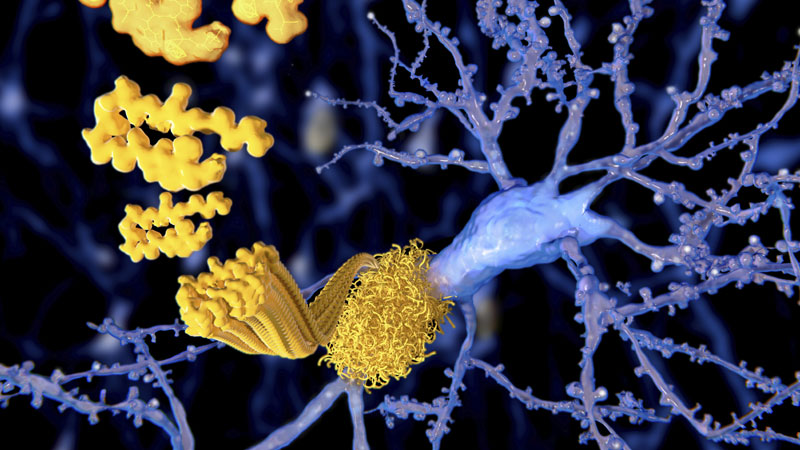Treatments
Osteoporotic Fracture Treatments
Compression fractures are most commonly found in elderly patients with osteoporosis, and since these fractures typically do not injure the spinal cord, are often treated with prescription medications and calcium supplements.
Pain from these fractures is usually treated with bed rest and pain medications. Back braces are discouraged in patients with osteoporosis, as they may further weaken the bones and increase the risk of developing more fractures.
Physical therapy is often used to help build up muscle strength and flexibility around the spine.
In the event of fractures from trauma, a back brace may be worn for 6 to 10 weeks, to protect your bone as it heals. If adequate rest and bracing has occurred, most compression fractures from trauma will heal in 8 to 10 weeks, although recovery times for some may take far longer.
Surgical treatments
Surgery may be an option if you still have disabling pain after two months or more of bed rest, physical therapy and medications. There are two minimally invasive surgical options available:
- Balloon kyphoplasty: Typically done under general anesthesia, a large needle is inserted into the compressed vertebra. A balloon is inserted into the bone and is inflated, returning the vertebra to its original height. Cement is then injected into the vertebra to ensure the bone does not collapse again.
- Vertebroplasty: In this procedure, your physician injects bone cement into the spine to keep it stable. This lessens pain and can help prevent further fractures of the vertebrae as well as a curved spine. This surgery requires only local anesthesia and sedation.
If your physician recommends a surgical procedure for your osteoporotic fracture, be sure to discuss the risks, benefits and recovery time.
Treatments for fractures caused by a tumor
If a tumor has caused your fracture, a biopsy will be obtained and examined and treatment of your tumor will begin. The following cancers commonly involve the spine:







